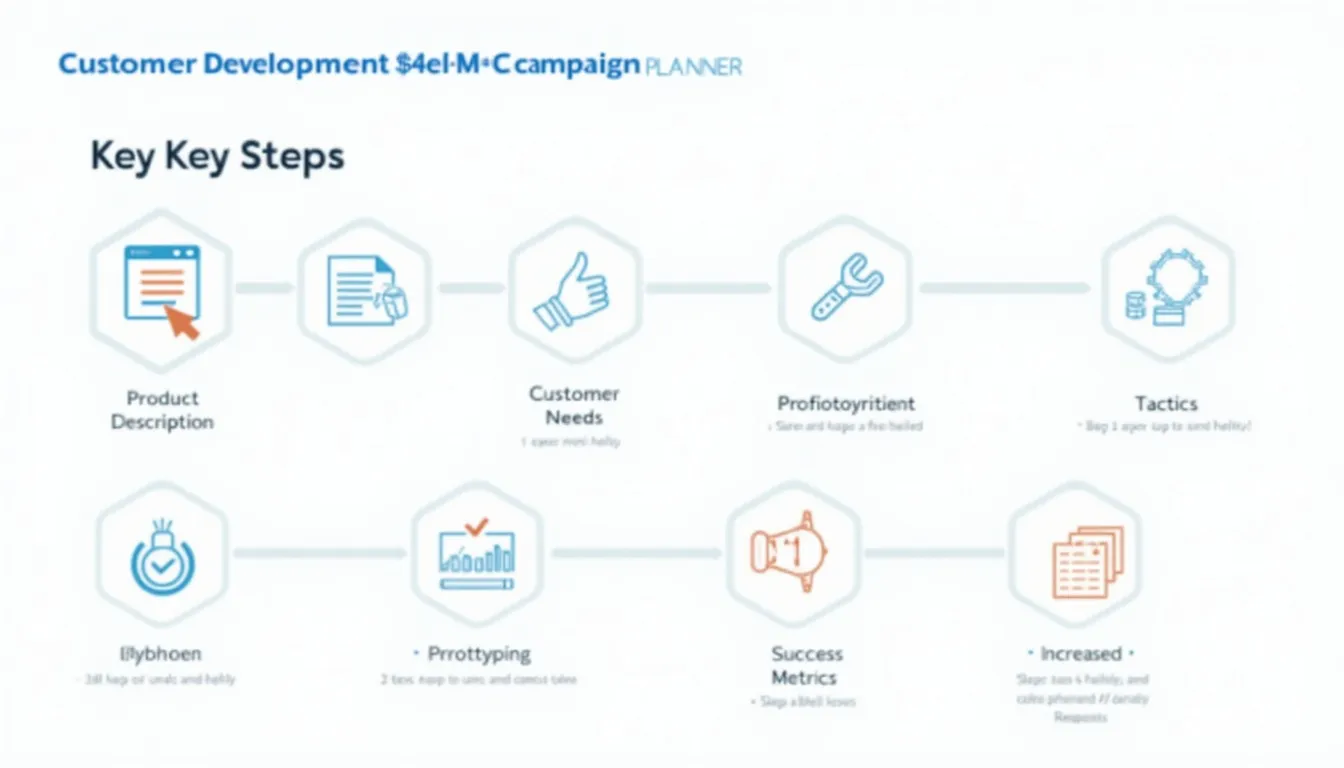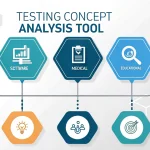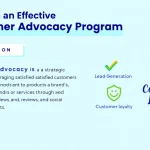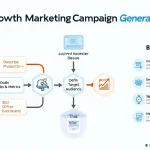Is this tool helpful?
How to use the tool
-
Product or Service
Define what you sell in one sentence.- “AI-powered résumé analyser for university career centres.”
- “On-demand urban beekeeping service for rooftop gardens.”
-
Customer Needs
Explain how you will uncover real problems.- “Run 30 user diaries tracking hiring pain points.”
- “Text-mining 10,000 forum posts on urban agriculture.”
-
Prototyping
Describe the test version you will build.- “Clickable Figma flow for résumé scoring.”
- “Pop-up hive installation at local farmers’ market.”
-
Iteration Steps
List how feedback triggers updates.- “Sprint backlog reprioritised after weekly Net Promoter Score survey.”
- “Adjust hive rental price after converting 50 trial users.”
-
Marketing Tactics
Identify channels and hooks.- “LinkedIn carousel ads targeting campus career officers.”
- “TikTok videos showing rooftop honey harvests.”
-
Success Metrics
State numbers you will monitor.- “Cost-per-lead under $12 during beta period.”
- “Retention rate ≥ 75 % after three months.”
Quick-Facts
- Average SaaS customer acquisition cost ranges $200-$650 (For Entrepreneurs, 2022).
- Email marketing returns $36 per $1 spent (DMA, 2022).
- Iterative prototype testing cuts time-to-market by 20 % (Nielsen Norman Group, 2021).
- Digital marketing budgets equal 9.1 % of company revenue (Gartner, 2023).
- “Research processes must ensure data integrity from collection through reporting” (ISO 20252:2019).
Frequently Asked Questions
What is the Customer Development Marketing Campaign Planner?
This online form guides you through discovery, validation, prototyping, iteration, and metrics, turning raw ideas into a structured, testable marketing plan (Blank, 2013).
How does the tool validate customer needs?
You describe research steps—surveys, interviews, analytics—then compare outcomes against stated pain points, following the customer-development loop from “Problem” to “Solution” fit (Cooper & Vlaskovits, 2010).
Which success metrics should I track first?
Start with cost-per-acquisition, conversion rate, and retention; together they predict lifetime value, a core growth indicator (Reforge, 2022).
How often should I iterate the plan?
Review metrics weekly during launch, then monthly; frequent iteration increases campaign ROI by 25 % (McKinsey, 2022).
Do I need a prototype for a service business?
Yes—mock customer journeys or pilot programs act as service prototypes and reveal friction before full rollout (Service Design Network, 2021).
Can I export or share the generated outline?
After submission, copy text directly; teams paste it into project docs or collaboration tools such as Notion or Trello.
What budget should I allocate to tests?
Allocate 10 % of the projected full campaign spend to early validation; this small stake prevents costly misalignment later (Gartner, 2023).
Does the planner align with research standards?
Yes; its emphasis on documented steps and feedback loops matches ISO 20252 requirements for transparency and data integrity (ISO 20252:2019).
Important Disclaimer
The calculations, results, and content provided by our tools are not guaranteed to be accurate, complete, or reliable. Users are responsible for verifying and interpreting the results. Our content and tools may contain errors, biases, or inconsistencies. Do not enter personal data, sensitive information, or personally identifiable information in our web forms or tools. Such data entry violates our terms of service and may result in unauthorized disclosure to third parties. We reserve the right to save inputs and outputs from our tools for the purposes of error debugging, bias identification, and performance improvement. External companies providing AI models used in our tools may also save and process data in accordance with their own policies. By using our tools, you consent to this data collection and processing. We reserve the right to limit the usage of our tools based on current usability factors.







